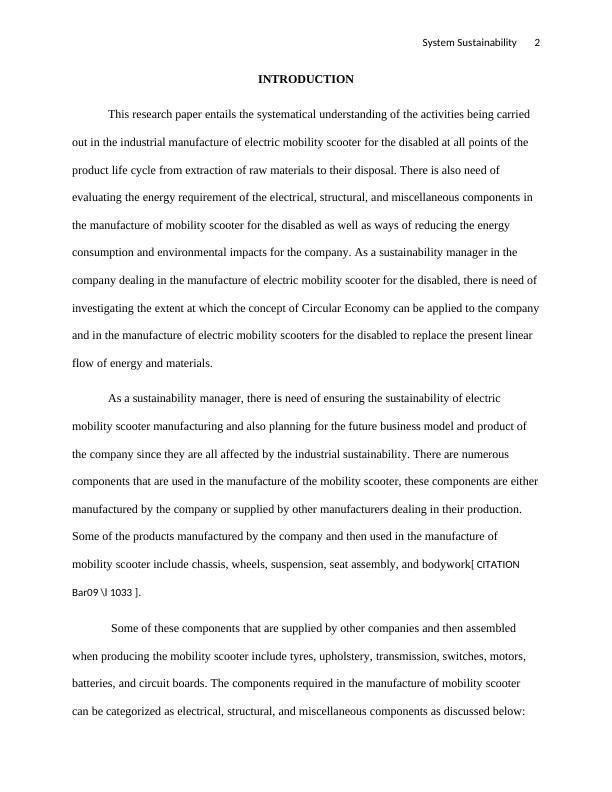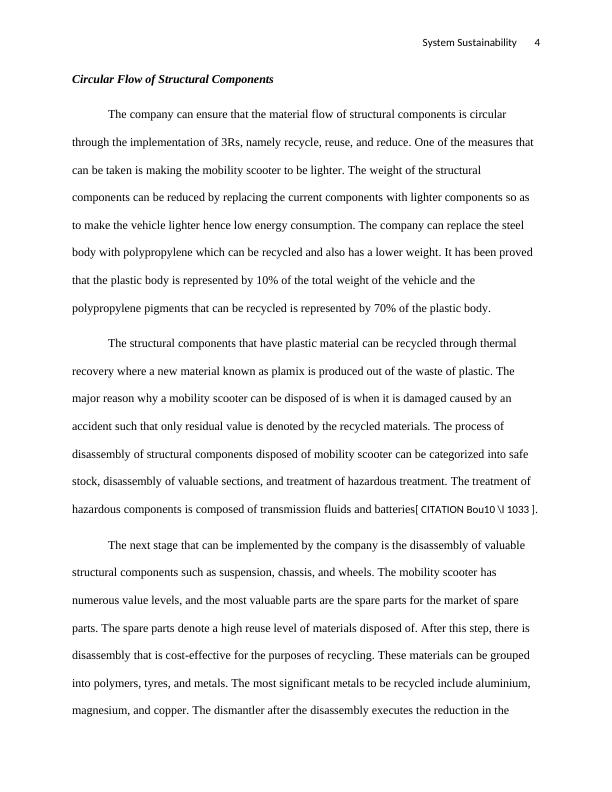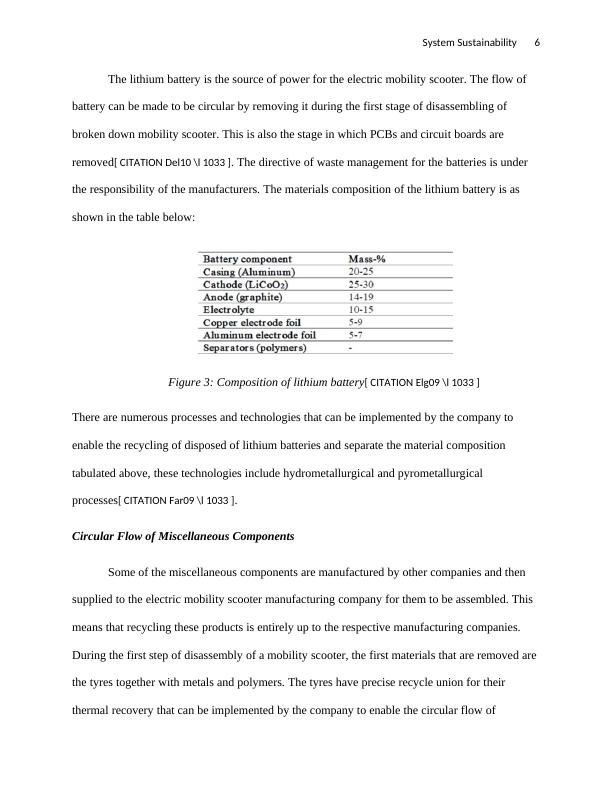Ask a question from expert
System Sustainability 20 Low IMPACT Manufacturing of Electric Mobility Scooters For The Disable
21 Pages3920 Words120 Views
Added on 2021-06-14
About This Document
There is also need of evaluating the energy requirement of the electrical, structural, and miscellaneous components in the manufacture of mobility scooter for the disabled as well as ways of reducing the energy consumption and environmental impacts for the company. As a sustainability manager in the company dealing in the manufacture of electric mobility scooter for the disabled, there is need of investigating the extent at which the concept of Circular Economy can be applied to the company and in the manufacture of electric mobility scooters for the disabled to replace the present linear
System Sustainability 20 Low IMPACT Manufacturing of Electric Mobility Scooters For The Disable
Added on 2021-06-14
BookmarkShareRelated Documents
End of preview
Want to access all the pages? Upload your documents or become a member.
Sustainability 8 Manufacturing of Electric Mobility Scooter for the Disable
|18
|3612
|341
Sustainability Management of Electric Mobility Scooters
|16
|3742
|25
Circular Economy in E-Scooter Manufacturing
|15
|4065
|285
Research Paper on Circular Economy (PDF)
|19
|3795
|531
Circular Economy of Electronic Motorcycles
|16
|4458
|384
Sustainable Industrial System - Doc
|19
|3618
|34





